A terrarium is a container that houses a variety of miniature, ornamental plants. Terrarium pots are usually translucent, with a large enough aperture for the gardener to reach the plants within. The nicest part of making your own terrarium is that you get to make something unique.
We've got everything you need to know about how to construct a terrarium right here. From definition and inspiration through production and upkeep, you’ll be enjoying your small garden in no time at all. Before you start rolling up your sleeves, double-check that you have everything you'll need.
Terrarium Supplies
• Glass Vessel - You'll need a glass vessel of some sort to build your terrarium. There are a lot of different containers to pick from. Simply make sure the vessel is clear so you can enjoy your mini-garden.
• Small Stones or Pebbles - The base of your terrarium will be made up of small stones or pebbles. The little stones operate as a water drainage system for the roots of the plants, ensuring that excess water does not remain in the soil and cause rot.
• Activated Charcoal - You won't need much; a thin coating of activated charcoal in your terrarium will keep the water fresh and assist to prevent bacterial development.
• Potting Soil - For your DIY terrarium, potting soil will serve as a vital layer. Although there are particular mixes available if you're growing cacti or succulents, any sort of soil should suffice.
• Plants - A terrarium wouldn't be complete without some greenery. To make your terrarium, choose a handful of your favorite pint-sized plants. Succulents, air plants, and mini-cacti are all good choices. Below is a full list of terrarium plants that we suggest.
• Tiny Gardening Tools - Having small gardening tools on hand will assist you in assembling and placing all of the components of your DIY terrarium.
See full guide to How to Make a Terrarium.
Open Terrariums
As the name obviously says, this is an open container terrarium that doesn’t require a lid. This kind is more suited for a larger variety of plants than other varieties, and it's especially good for succulents since it produces a dry climate for them to flourish in.
This terrarium is exposed to the surrounding air, thus it does not have a water cycle. As a result, these plants need to be watered more regularly, at least once a week, and occasionally more frequently if the leaves begin to droop and the soil begins to dry out.
Despite the fact that open containers have low overall humidity levels, one of their main advantages is that they provide you more control over moisture levels. In comparison to a closed container, you can simply modify the moisture level by adding or withdrawing water.
Cacti, aloe, succulents, and air plants, which are suited for open terrariums, require a drier atmosphere and sufficient air circulation. These terrariums require soil, rocks, pebbles, and charcoal as drainage layers. In order to develop correctly, they also require more direct sunshine than indirect sunlight.
One significant disadvantage of open terrariums is that they are not self-contained. This is due to the fact that they lack a lid or top to protect the plants growing within the glass container. This means that the plants might just end up popping out of the containers sometimes.
Closed Terrariums
Closed terrariums, also known as sealed terrariums, have a cover over the glass container to properly enclose the plants within the jar or bottle. Because this arrangement is closed, it creates somewhat higher temperatures on the inside, which aids in the evaporation of all moisture from the soil and plants.
The most significant advantage of a closed terrarium design is that the plants that grow within do not quickly dry out or wilt. This is because the water vapor that condenses within the closed glass container falls back to the soil and plants below. As a consequence, there is a steady flow of water, which maintains the plants and soil adequately moist and soggy and prevents them from drying out.
Mosses, ferns, ivy, and fittonia are some of the most popular and appropriate plant options for closed terrariums since they adore and appreciate damp growth conditions. Unlike open terrariums, they include an integrated water cycle system that eliminates the need to replenish water on a regular basis.
Another advantage of the closed system is that it produces a unique environment for plants to grow in, much like a greenhouse in terms of how heat and light are permitted to enter. When you consider how the water cycle in the container repeats itself, closed terrariums are also pretty self-sufficient.
One thing to remember is that you should never leave these closed containers out in full sunshine since they might heat up and burn the plants.
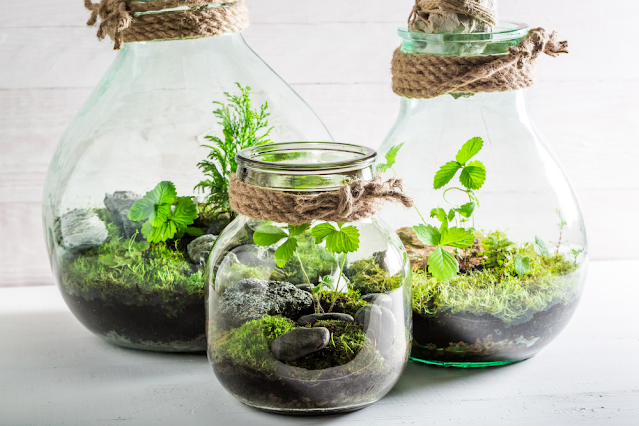
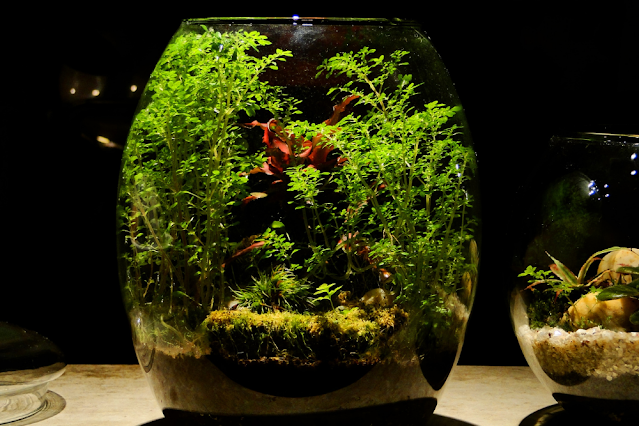
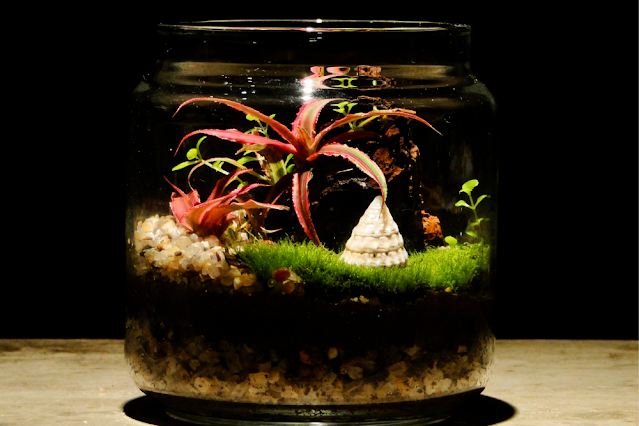
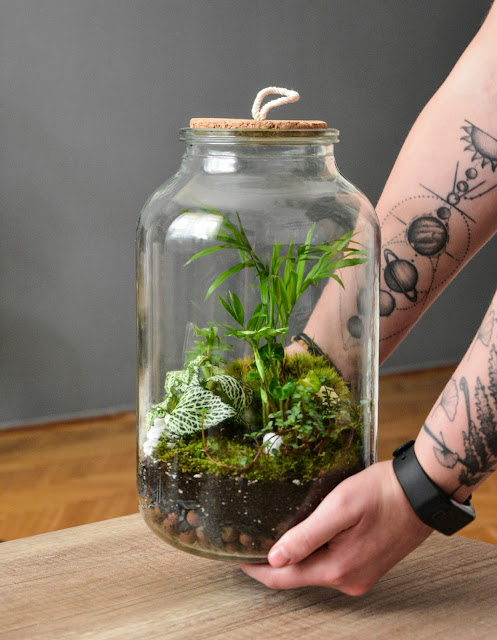

.png)



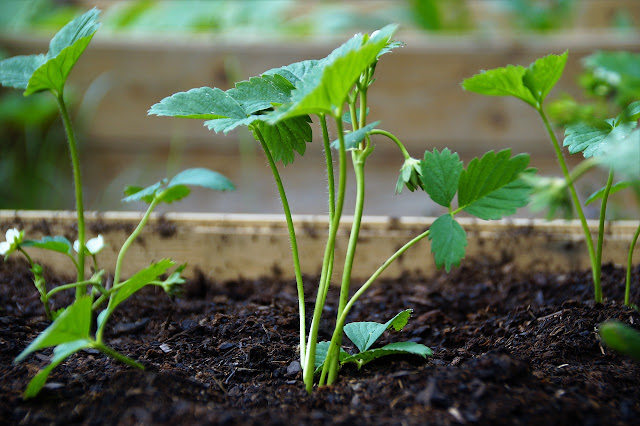




Comments
Post a Comment